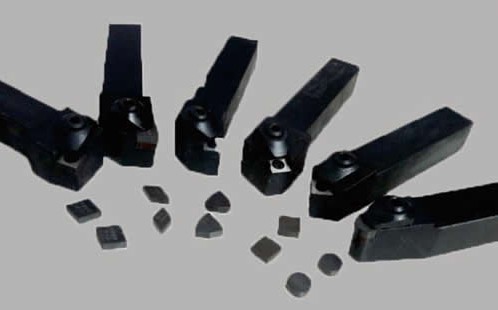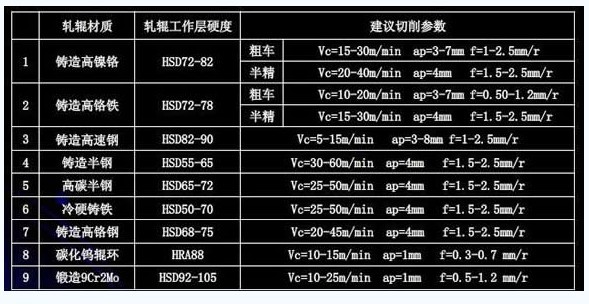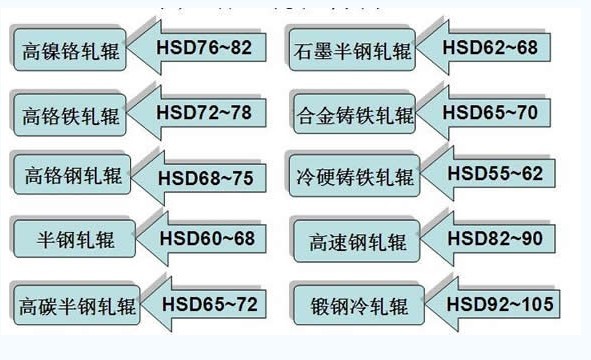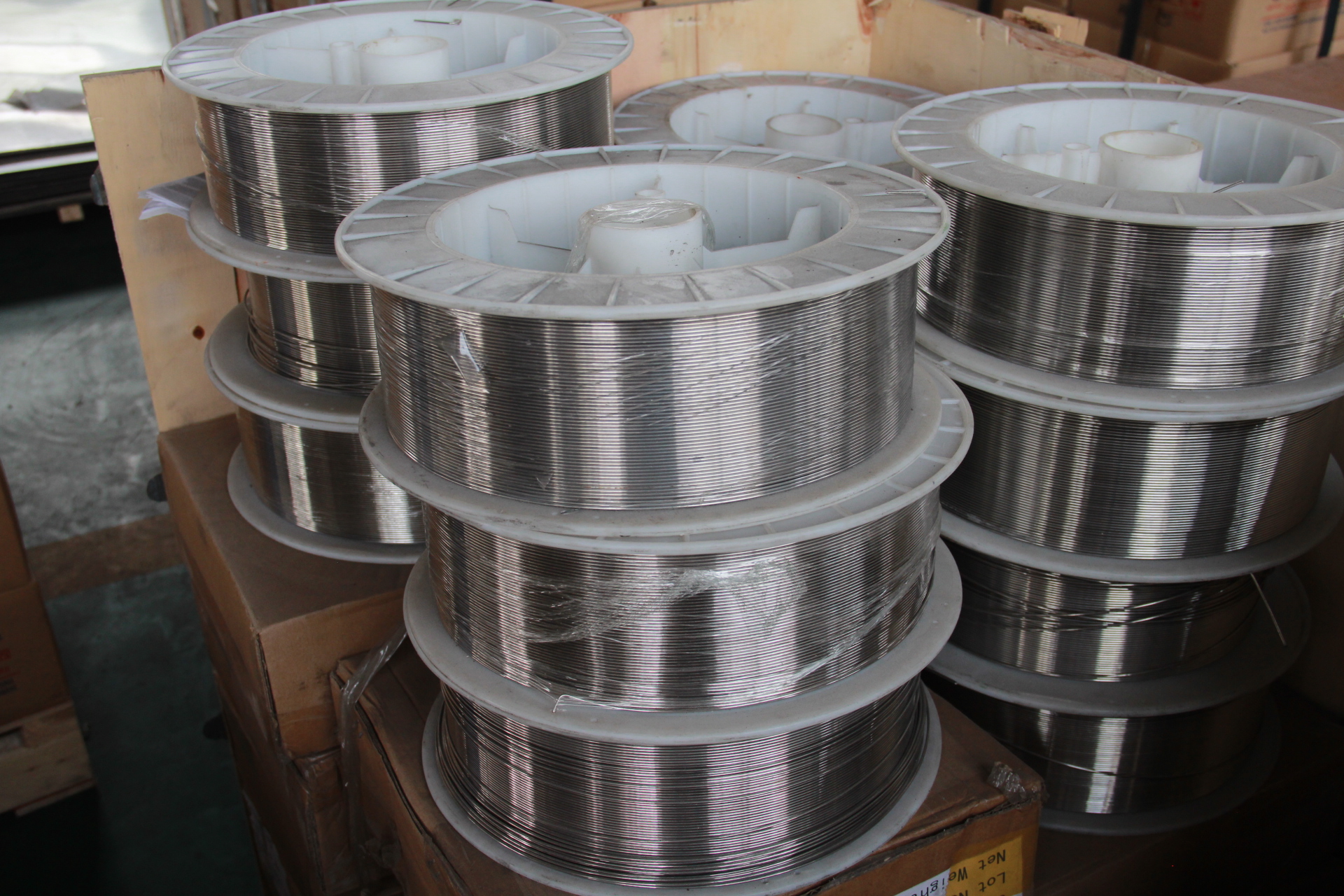Alloy steel refers to steel with high strength and good chemical stability at high temperature. It includes two types of anti oxidation steel (or high temperature resistant steel) and hot steel. Anti oxidation steel generally requires good chemical stability, but the capability is limited. High temperature strength and the corresponding oxidation resistance of heat and strong steel are required. Heat-Resistance Steel is often used in the manufacture of boiler, steam turbine, power machinery, industrial furnace and aviation, petrochemical and other industrial sectors in the work of the high temperature parts. In addition to the requirements of high temperature strength and high temperature oxidation corrosion, sufficient toughness, good shaping and welding are also required according to the different use, as well as a certain organizational stability. In addition, some new low chromium nickel oxidation are also developed . Heat-Resistance Steel Heat-Resistance Steel ,Heat-Resistant Material Handling Steel,Heat-Resistant Steel Tube,Heat-Resistant Black Round Steel Pipe Jiangsu nickel alloy Co.,Ltd , http://www.xhalloy.com
Large rolls are often machined by heavy-duty roll lathes, and heavy-duty rolls are commonly used with 40*40 square knives; common shank angles are 45-degree machine knives and circular turning tools. Some small rolls also use a 25*25 machine holder and a 32*32 machine holder. The main deflection angle of the machine holder is selected according to the "long diameter ratio" of the roll. The slender roll is usually a 90 degree or 75 degree machine clamp, and the "thick" roll is usually processed by a 45 degree or circular turning tool.
Second, the car roll selects the CBN blade size model according to the cutting allowance and processing conditions:
When using BN-K1 grade cubic boron nitride inserts to process cast iron rolls, RNMN200800, RNUN200800, RNMN150700, RNUN160800, RNUN150716, RNMN150716 size models are generally used.
The BN-S20 grade cubic boron nitride inserts are used to process forged steel cold rolls. The common blade types are SNMN120712, SNMN120412, SNMN120408, RNMN120400.
The turning tool and CBN blade are shown in the figure: 
Selection principles: 1, roll material, 2, roll hardness, 3, roll cutting allowance and heat treatment.
According to the material of the roll corresponding to the blade number of the car roll, it can be divided into three categories:
1. Rolls with lower hardness:
Such as ductile iron roll, high alloy cast iron roll, often used in hot roll, backup roll, intermediate roll, which is characterized by lower hardness than the work roll. The roll of this kind can be processed by ordinary alloy tool. Commonly used tool grade YG6 Or YG6X.
2. Car high hardness cast iron roll:
Such as car chilled cast iron roll (including infinite chilled cast iron roll), car high nickel chrome roll, car high chrome iron roll, car containing boron high speed steel roll, car semi-steel roll (including cast semi-steel roll and high carbon semi-steel roll) ); car nickel chrome molybdenum centrifugal composite roll. When such a roll is used, due to the high hardness of the roll, the roll blank is generally accompanied by casting defects such as pores, trachoma, sand inclusion, etc., and the impact resistance, high temperature resistance and wear resistance of the blade are required to be high. In the past, such rolls were often processed with ceramic inserts, and the cutters were prone to collapse. At present, the grades of cubic boron nitride inserts commonly used for processing such rolls are BN-K1 grades. This grade maintains the hardness and wear resistance of CBN cutters. It has good impact toughness and is not suitable for chipping. It can be used for rough rolling of rolls. It is the most impact-resistant high-hardness cubic boron nitride insert. This grade can withstand a large depth of cut and has a high metal removal rate. The commonly used cutting parameters are as follows:
For example, a high-nickel-chromium cast iron roll with HSD82 hardness processed by BN-K1 grade HLCBN can be used: the unilateral cutting depth can reach 12mm; the cutting amount is 1.5mm/r.
BN-K1 grade HLCBN processing high hardness cast iron material roll cutting parameters: 
Such as car GCr15 rolling bearing steel roll, Cr3, Cr5, 86CrMoV7, 9Cr2Mo roll. Such roll blanks are forgings, which are often used as cold-rolling work rolls after heat treatment. Commonly used tool grades are BN-S20 grade cubic boron nitride inserts.
BN-S20 brand cubic boron nitride blade is the result of the national key production, research and research technology project. It is made of non-metallic binder and CBN fine powder by Hualing Superhard Tool Co., which follows the toughness of BN-K1 grade tool. It is specially developed for cold-rolled steel forged steel with long iron filings. When processing cold-rolled steel forging, the wear resistance is about 3 times that of ordinary cubic boron nitride blades.
Cutting parameters of BN-S20 grade CBN blade forged steel cold-rolled work rolls:
(1) Take the Swedish forged steel cold roll (hardness HRC67) as an example: the cutting depth is 4-7mm, the line speed is 90m/min; the service life is 2.5 times of the life of a foreign brand CBN blade.
(2) When turning the 9Cr2Mo cold-rolling work roll, the BN-S20 grade can also achieve good results. The blade life is more than 4 times that of the domestic CBN insert, and it is cracked when turning the cold roll. The part does not collapse, ensuring the safety and economy of the CBN blade.
Third, the roll material and common hardness:
BN-K1 grade and BN-S20 grade CBN cutter processing roll hardness and roll material range (note that the hardness of the roll is lower than HSD70 and the hard alloy tool grades such as YG6, YG6X, etc. can be used. The hardness of the roll is higher than HSD75 or even HSD110 The rolls can be selected from BN-K1 and BN-S20 grades (the specific grades are selected according to the roll material);
Hualing Superhard Tool Development Department has always emphasized that when turning rolls, the roll hardness is not the only standard for selecting the tool material. The most important thing is to select the appropriate CBN tool grade according to the roll material.
Roll material and roll hardness range comparison: 

Summary of experience of CBN tool for roll turning
Abstract 1. The choice of machine clamps commonly used in car rolls: large rolls are often processed by heavy-duty roll lathes, heavy-duty rolls are commonly used for machine tool holders 40*40 squares; common tool bar angles are 45 degrees machine clamps and arcs turning tool. Some small rolls also use 25*25 machine holders...
First, the model selection of the common clamp tool for the car roll: